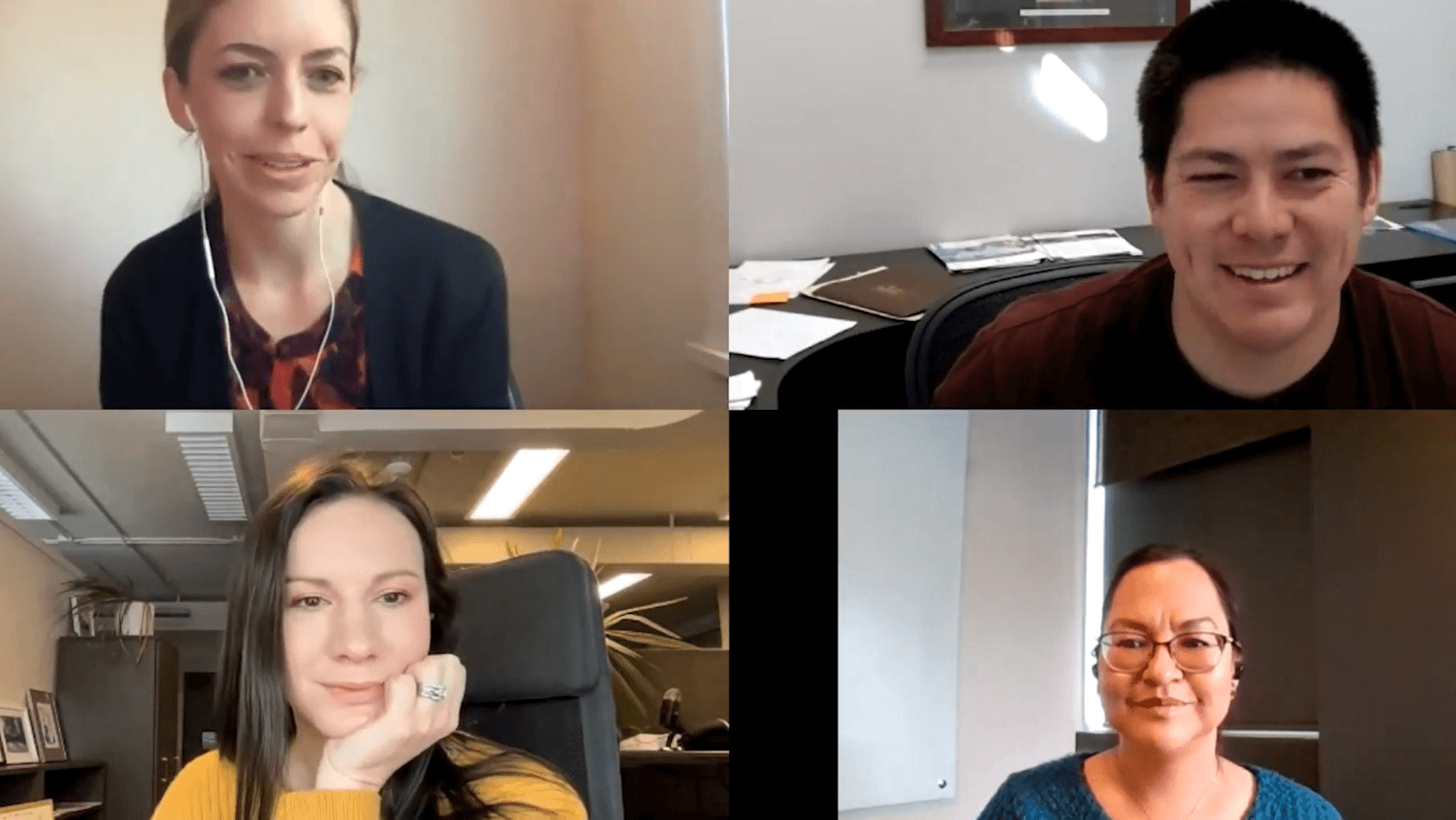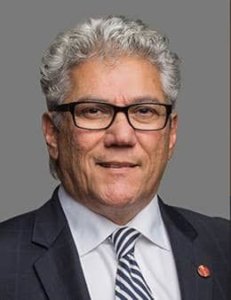Our Regional Synergies webinar series is all about speaking with leaders about forming regional partnerships that involve municipalities and First Nations. Recently, Business Development Lead Heather Hallgrimson and Indigenous Relations Lead Trista Pewapisconias spoke with Elysia Glover and Kear Porttris about the South Island Prosperity Partnership (SIPP) and how it is helping its regional economy bounce back from the COVID crisis. You can watch the original webinar here.
The South Island Prosperity Partnership
Collaboration is at SIPP’s core.
As an alliance of more than 70 public and private-sector partners across the Greater Victoria area, SIPP’s goal is to improve the region’s economic and social prosperity. Acting as a third party for these groups, SIPP puts clear communication first.
“Innovation results when folks feel safe to collaborate and safe to step into those more creative conversations,” said Glover, SIPP Manager of Strategic Partnerships. “And thanks to this model, our alliance has grown.”
Though formed in 2016, SIPP’s roots go back to the 2008 financial crisis. After a slow recovery following the recession, leaders in the Greater Victoria area knew they needed new processes to prevent another race to the bottom – so SIPP was born.
Today, SIPP boasts a diverse member base, including 11 local governments, nine First Nations, three post-secondary institutions, nine industry associations and nonprofits, and more than 30 major employers. While not a co-op, SIPP shares the one-member-one-vote structure inherent to co-ops. For Glover, this approach is important.
“[The one-member-one-vote approach] was key in building trust with not only smaller municipalities and First Nations, but industries and postsecondary partners as well – this idea that all our members are equal,” she said.
Perfecting Pandemic Partnerships
After the onset of the COVID-19 pandemic, leaders at SIPP knew economic distress was inevitable. In April 2020, SIPP formed the Rising Economy Taskforce to accelerate the region’s economic recovery – and to ensure a resilient future.
Bringing together 40 leaders in the region, SIPP created 10 sector-specific committees tasked with identifying the pandemic’s impact on their respective sectors. By fall 2020, SIPP narrowed a list of 160 recommendations down to 40 and published them in their Reboot document, a recovery plan for the region.
Since then, SIPP has started activating initiatives outlined in their report, with a focus on supporting the nine First Nations in the region.
Partnering for Indigenous Prosperity
Though building relationships with First Nations and engaging Indigenous economies was always a priority, the Reboot report highlighted a new focus for SIPP: the need to promote diversity and increase resiliency for Indigenous communities. To address this need, SIPP is creating the Indigenous Prosperity Centre (IPC).
“The vision for the [IPC] was to really augment and amplify Indigenous economies and workforce,” said Kear Porttris, SIPP Board Director and Indigenous Relations lead.
When open, the IPC will support enhanced communication across the nine Nations, coordinate joint initiatives like procurement bids, offer up-skill and leadership training, and launch a centralized Indigenous employment agency. For Porttris, this work starts with understanding how these communities already do business.
“One of the big things is just recognizing that First Nations have unique goals… just like any of the other municipalities or industries here,” he said.
With initial funding secured and a business plan detailed, SIPP is building relationships with First Nations and seeking out partners to support the IPC.
Lessons to learn, and unlearn
Looking back on the business of building partnerships, Glover said it helps to have strong pre-existing relationships. She also noted these relationships came with communication structures that made the eventual committee reports flow easily, providing a strong collaborative response.
But SIPP’s successes weren’t without some hard lessons. At the top of the list, Porttris said it’s important to continue cultivating relationships.
“Just because you have [relationships], doesn’t mean they will always be there,” he said.
For Porttris, there isn’t an easy way to get partnerships off the ground – you just have to reach out. Glover noted that, for non-Indigenous folk looking to create connections, a little humility goes a long way.
“As a non-Indigenous person to other non-Indigenous people joining this call: embrace humility,” Glover said. “Embrace that journey of continuous learning, you will never be finished learning and you’ll never be finished unlearning.”

 Written by
Written by 

